Ancient MesoAmerica News Updates 2009, No. 20: Mitla, Oaxaca - Field Museum Excavations at the Mitla Fortress Provide Clue To Zapotec Femur Carrying Rulers
Researchers in Zapotec studies since long have recognized that Zapotec rulers carried human femurs (thigh bones) as important regalia. Recent excavations by a team from the Field Museum in Chicago have led to the discovery of an early burial under an excavated house at the site of the Mitla Fortress from which the femur was removed. EurekAlert posted the story yesterday, on Wednesday, July 8, 2009 (edited by AMaNU):
Field Museum conducts archaeological excavation at 'The Place of the Dead' - Scientists previously believed pre-Hispanic Zapotec rulers carried around human femurs as a symbol of power and legitimacy, as evidenced from a carved lintel at the site of Lambityeco, where a ruler is depicted with a femur in his hand. Now, a Field Museum excavation team has confirmed they did remove femurs from earlier graves and that this custom may have been widely practiced by heads of households outside of the ruling class.
The missing femur was located in an early adobe cist internment, circa 500 AD, that lay under an excavated house at the Mitla Fortress, in the Valley of Oaxaca, some 322 miles southeast of Mexico City. While excavating this residential terrace, or house lot, the Museum team found a total of 16 burials that include 21 individuals. The systematic excavations are the largest ever conducted at this site well-known to archaeologists for more than 150 years.
Field Museum Curator of Mesoamerican Anthropology, Gary Feinman, and Adjunct Curator of Anthropology, Linda Nicholas, are analyzing the burial sample and other finds from the Mitla Fortress. The Fortress is less than two miles west of Mitla, which is indigenously known as the "Place of the Dead."
Although this ancient Zapotec custom of bearing a femur of a corpse has long been recognized, the excavated burial provides clear evidence of the re-opening of an earlier burial in order to remove a bone. The evidence could further reveal that this bone-carrying custom may apply beyond rulers – since the excavated house is not a ruler's residence. Field Museum archaeologists hope to excavate a more elaborate house in the future to gain more perspective.
The burials were discovered in a former residential terrace, likely occupied between A.D. 500 and 1200-1500. Most were buried under floors or behind walls of the terrace. Zapotecs and other Mesoamerican people throughout the pre-Hispanic period tended to keep their dead relatives close to home.
The archaeological site of Mitla has long been known for its palaces, adorned with elaborate facades of cut stone grecas. The Field Museum team also found ample evidence of stone working, particularly obsidian, during the occupation of the terrace. These discoveries help document that the pre-Hispanic occupants of Mitla may have had a much longer history working stone than is indicated by the famous stone palace facades (source EurekAlert).
A series of photographs of the excavations and the burial can be found in this zip file, provided by the Field Museum on its website.
The missing femur was located in an early adobe cist internment, circa 500 AD, that lay under an excavated house at the Mitla Fortress, in the Valley of Oaxaca, some 322 miles southeast of Mexico City. While excavating this residential terrace, or house lot, the Museum team found a total of 16 burials that include 21 individuals. The systematic excavations are the largest ever conducted at this site well-known to archaeologists for more than 150 years.
Field Museum Curator of Mesoamerican Anthropology, Gary Feinman, and Adjunct Curator of Anthropology, Linda Nicholas, are analyzing the burial sample and other finds from the Mitla Fortress. The Fortress is less than two miles west of Mitla, which is indigenously known as the "Place of the Dead."
Although this ancient Zapotec custom of bearing a femur of a corpse has long been recognized, the excavated burial provides clear evidence of the re-opening of an earlier burial in order to remove a bone. The evidence could further reveal that this bone-carrying custom may apply beyond rulers – since the excavated house is not a ruler's residence. Field Museum archaeologists hope to excavate a more elaborate house in the future to gain more perspective.
The burials were discovered in a former residential terrace, likely occupied between A.D. 500 and 1200-1500. Most were buried under floors or behind walls of the terrace. Zapotecs and other Mesoamerican people throughout the pre-Hispanic period tended to keep their dead relatives close to home.
The archaeological site of Mitla has long been known for its palaces, adorned with elaborate facades of cut stone grecas. The Field Museum team also found ample evidence of stone working, particularly obsidian, during the occupation of the terrace. These discoveries help document that the pre-Hispanic occupants of Mitla may have had a much longer history working stone than is indicated by the famous stone palace facades (source EurekAlert).
A series of photographs of the excavations and the burial can be found in this zip file, provided by the Field Museum on its website.




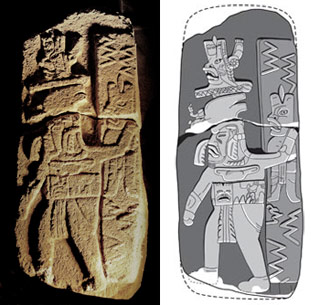




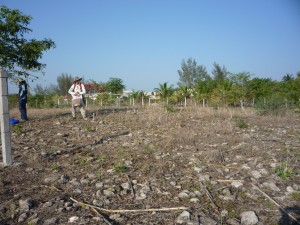



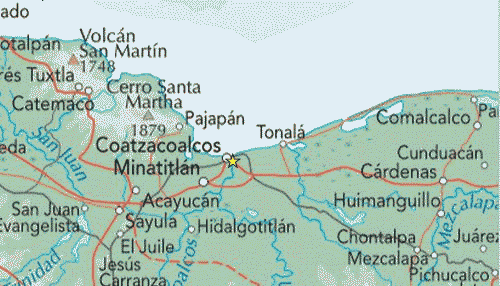




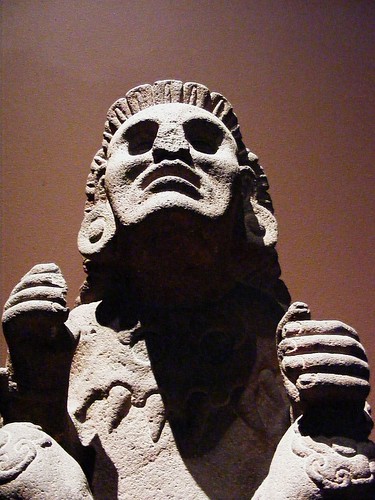






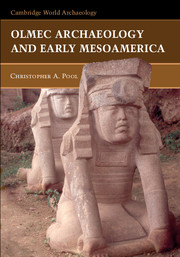






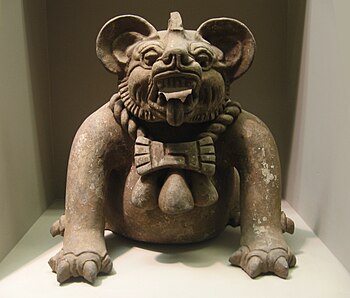

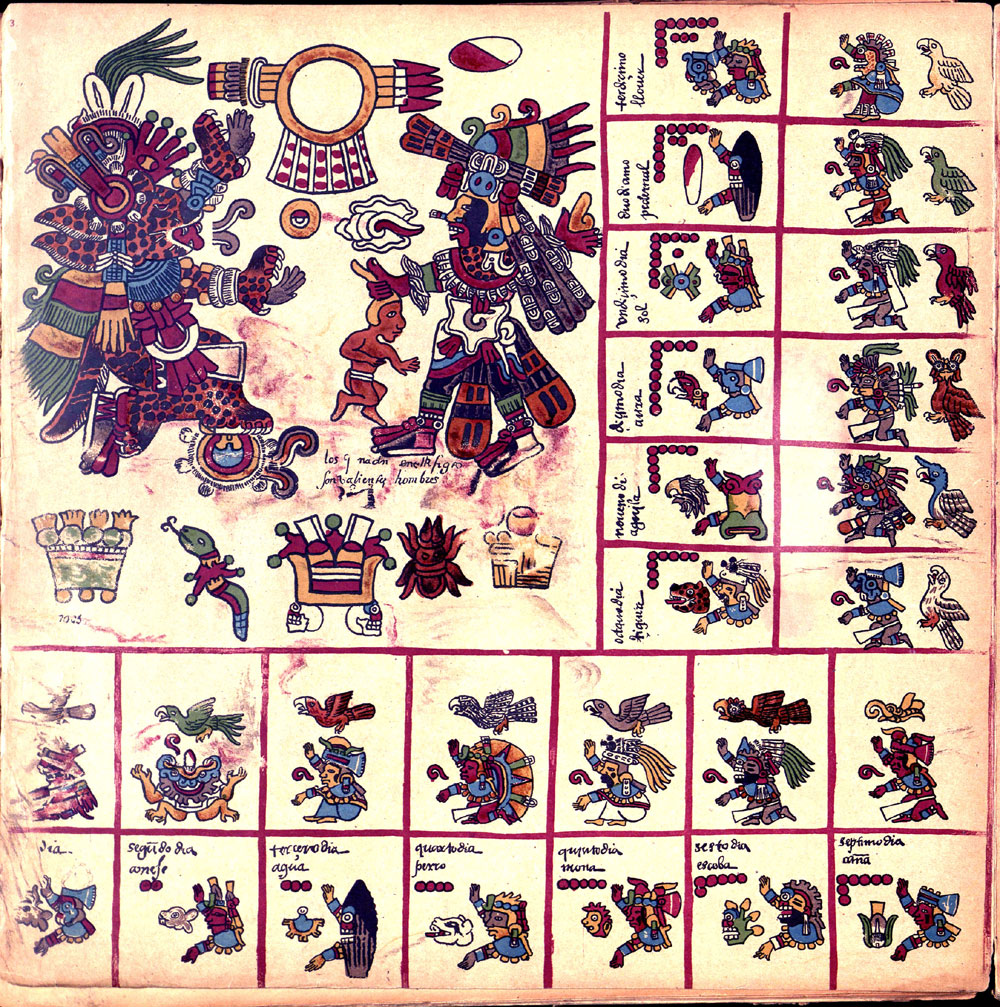

0 Comments:
Post a Comment
Subscribe to Post Comments [Atom]
<< Home